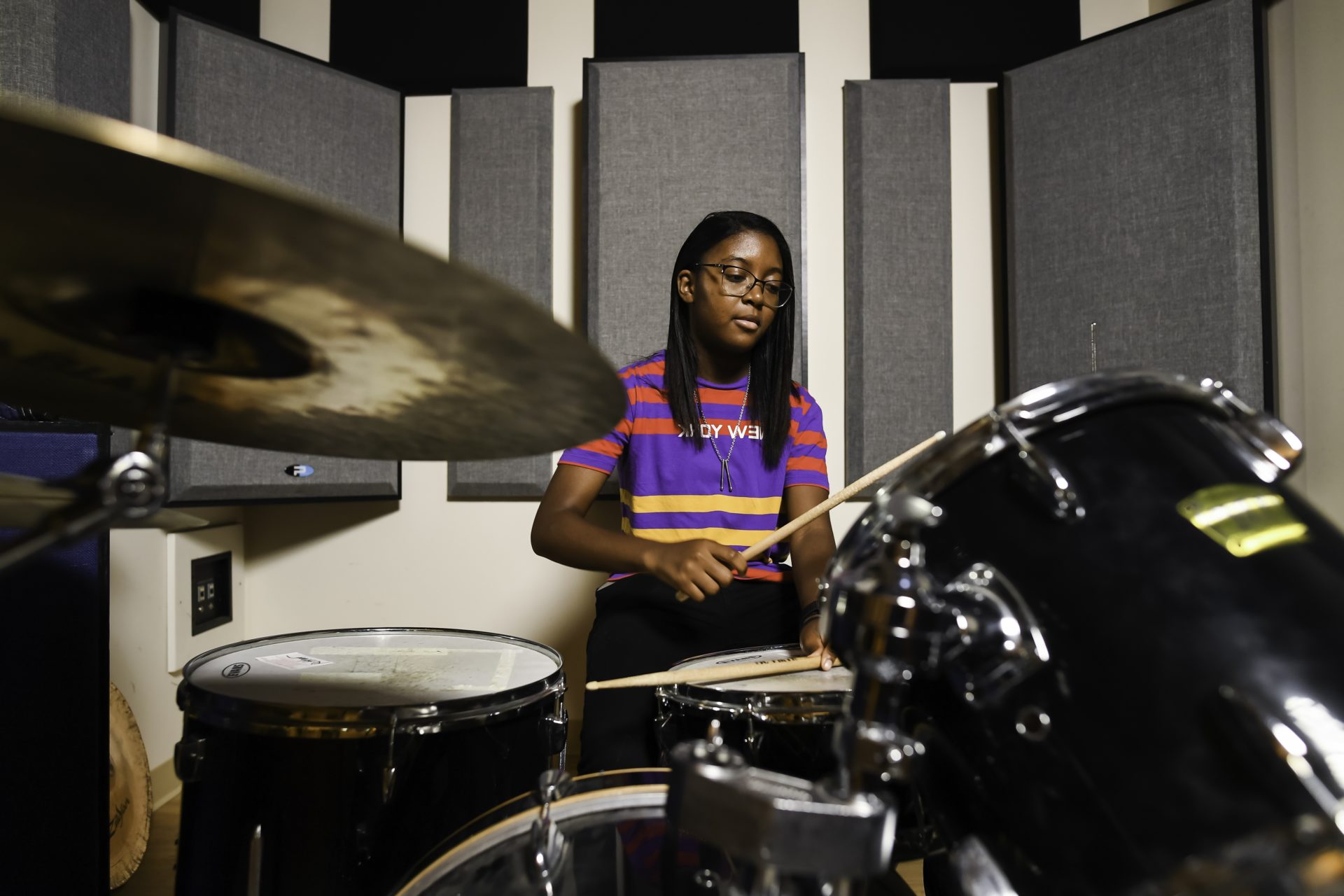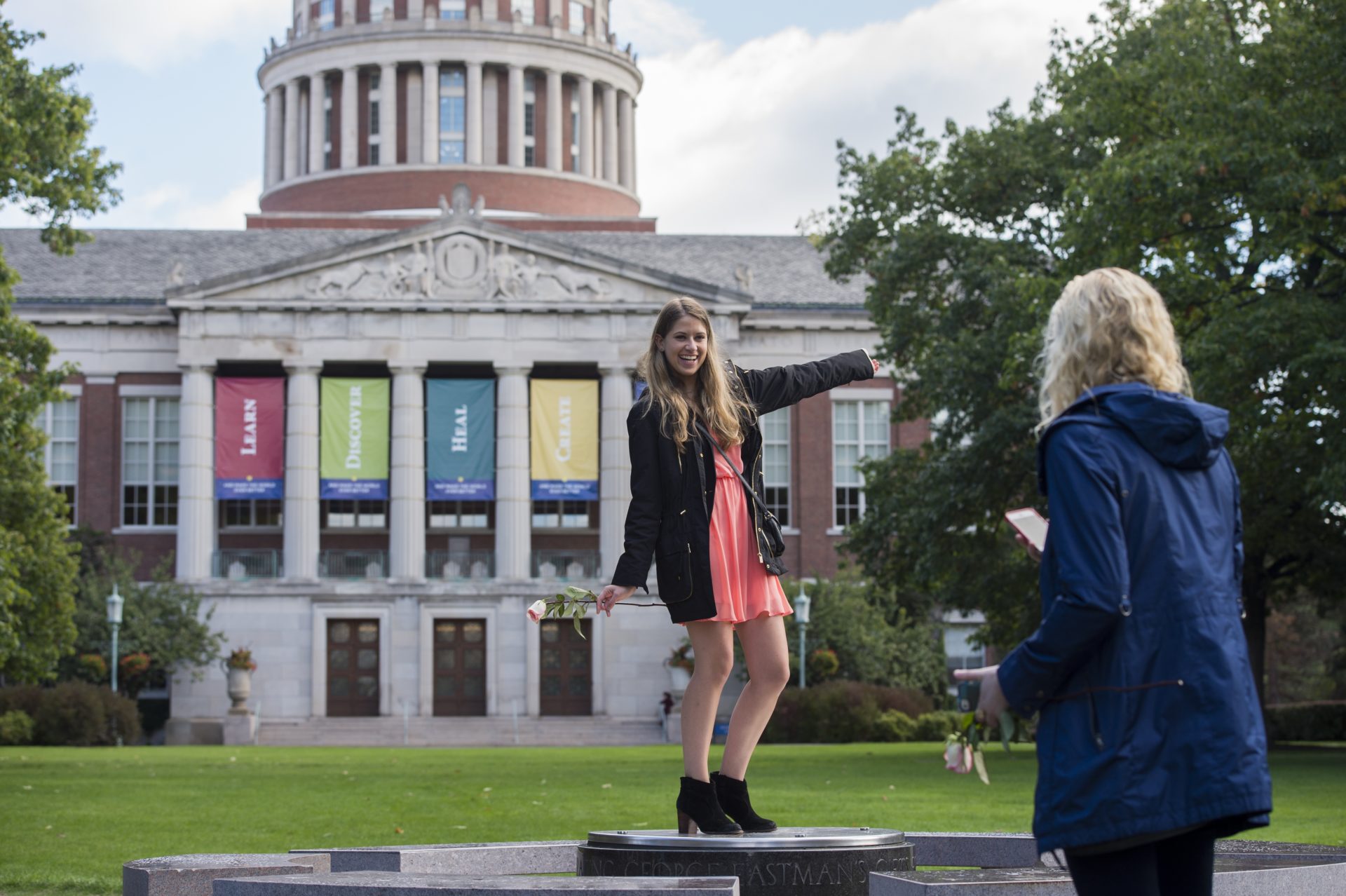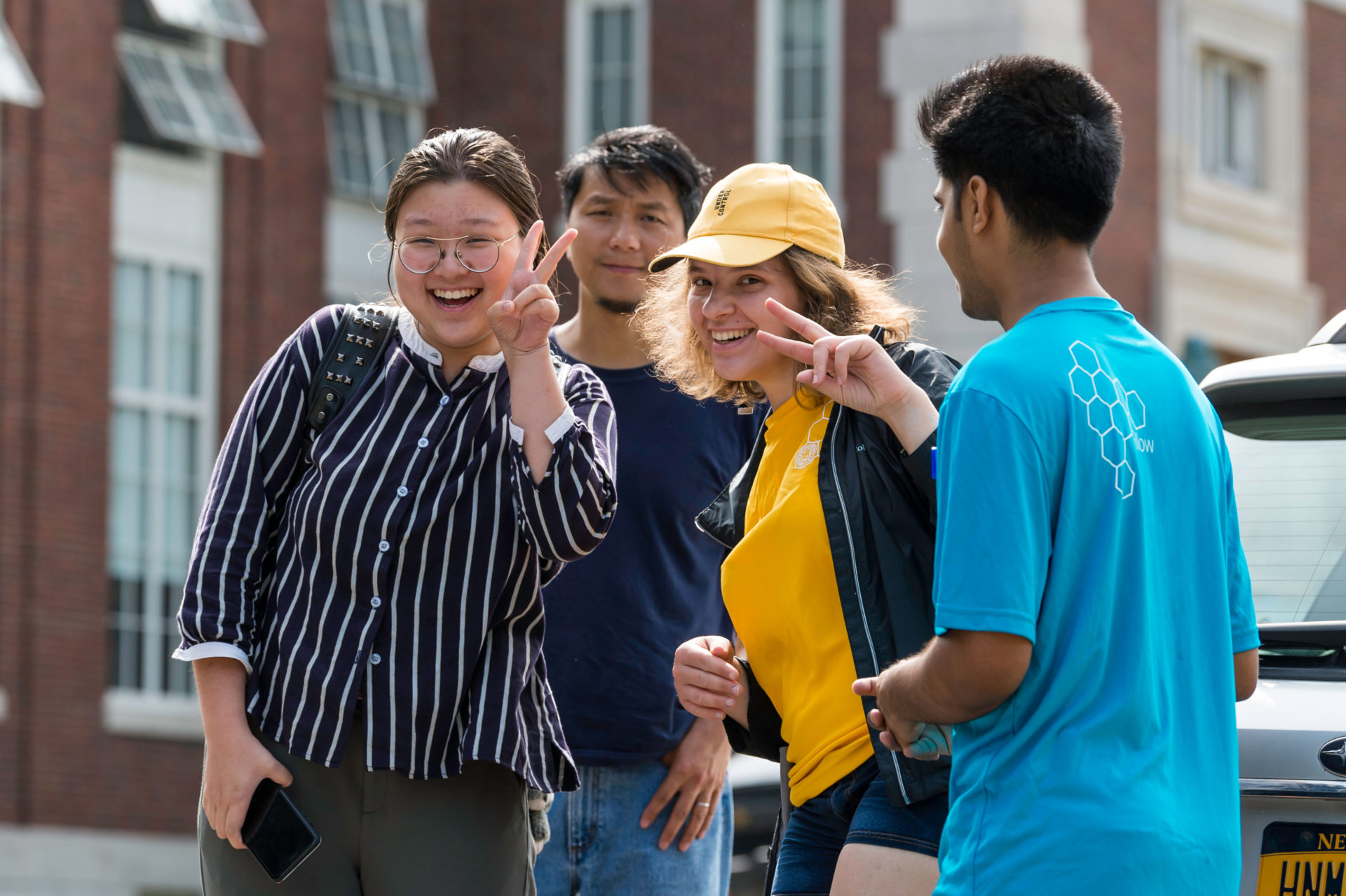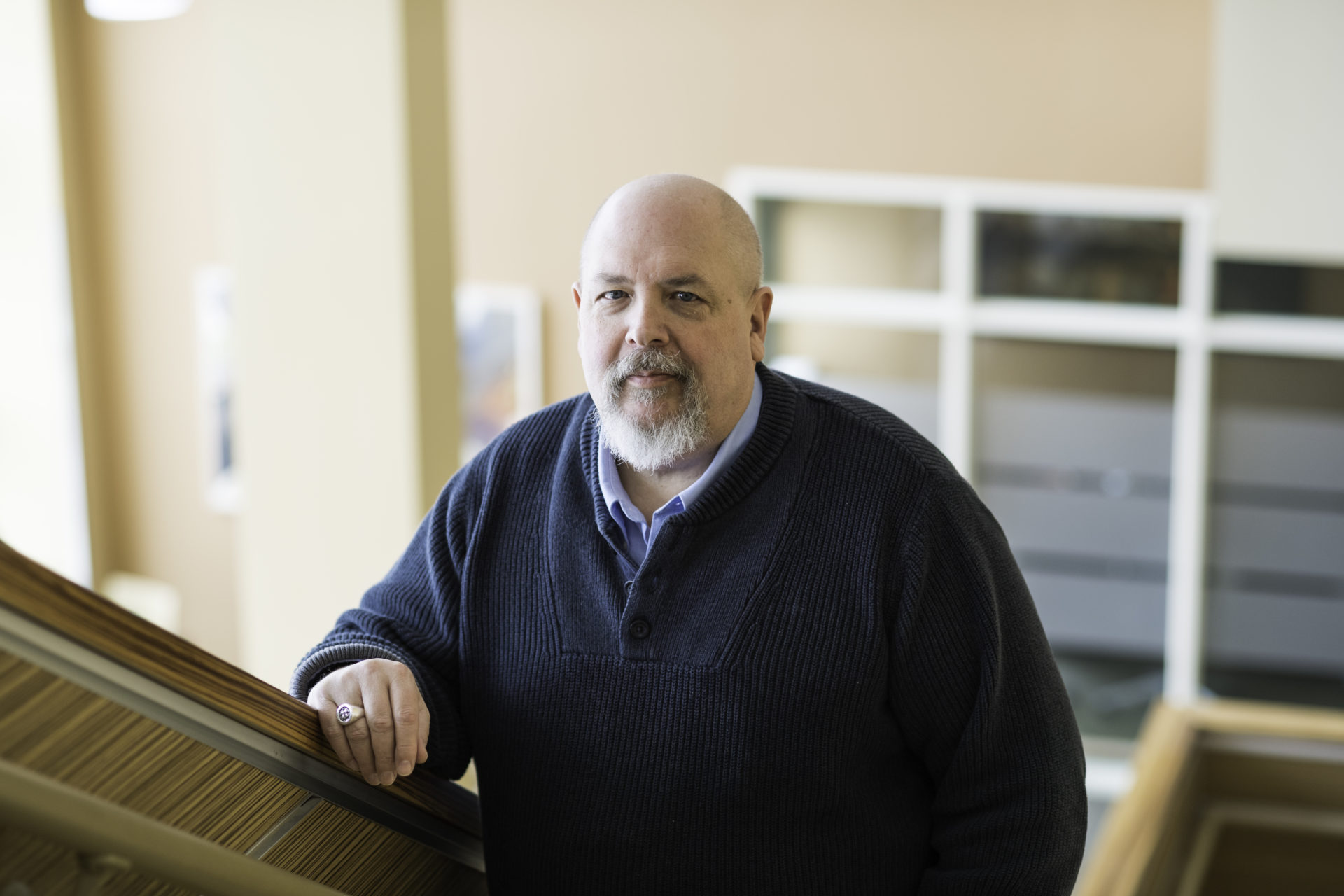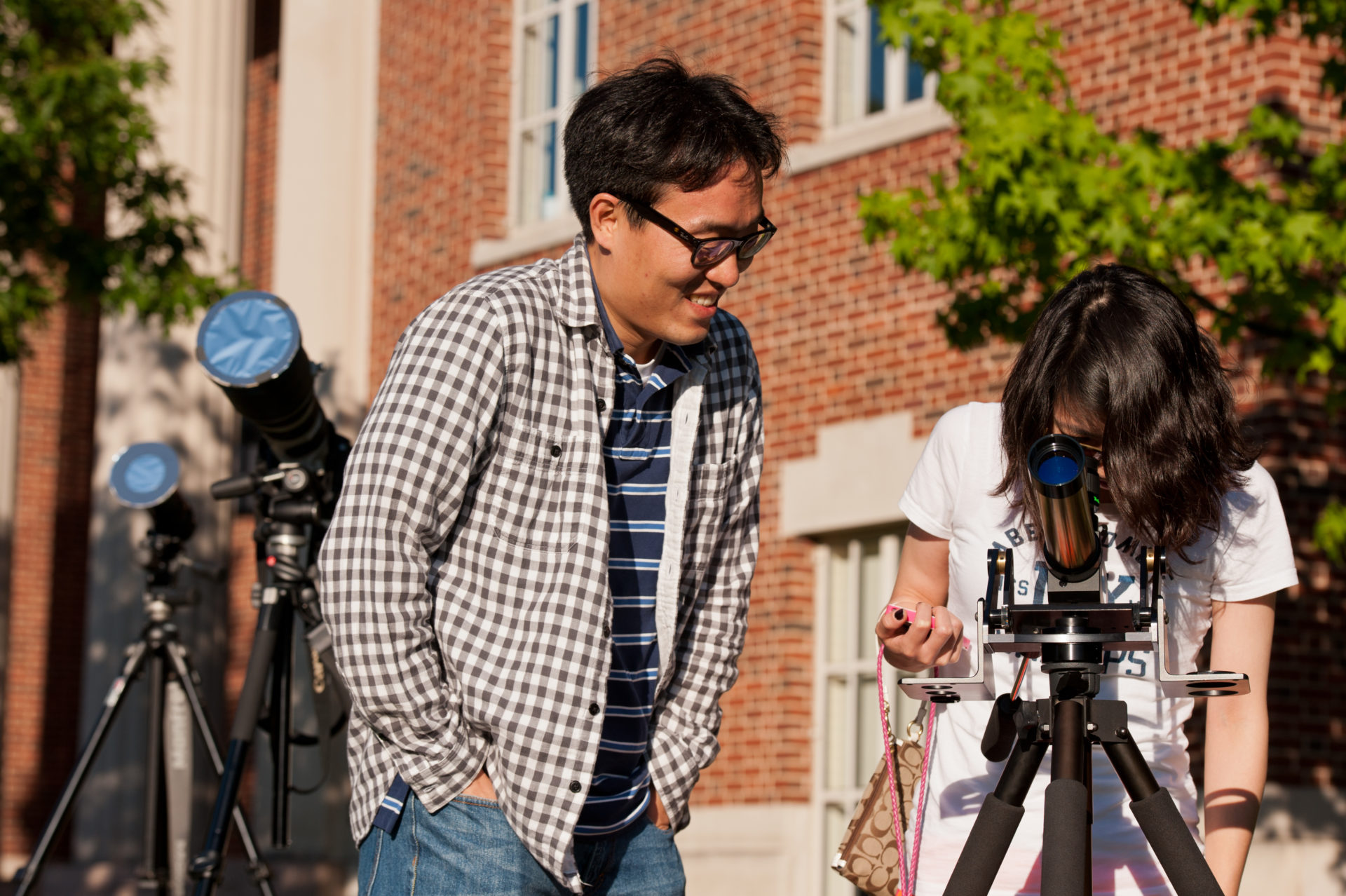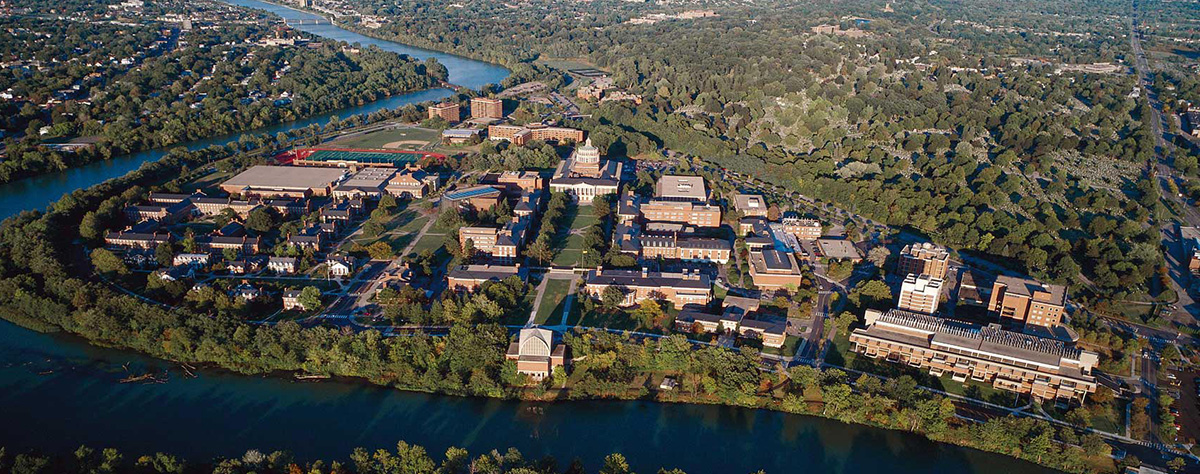
The University of Rochester is a private nonprofit institution based in Rochester, NY. You can visit the University’s general website for a University overview.
We operate on a semester academic calendar year. See our Academic Calendar for a detailed schedule.






